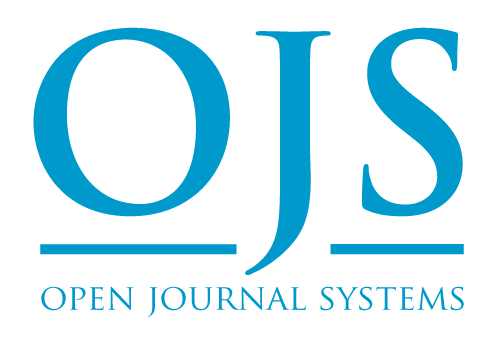The Treaty of Hudaybiyyah in Tafseer Bayan al-Qur’an and Seerah Ibn Hisham: An Analytical and Comparative Study
DOI:
https://doi.org/10.5281/Keywords:
Treaty of Hudaybiyyah, Tafseer Bayan al-Qur’an, Dr. Israr Ahmad, Seerah Ibn Hisham, Comparative Study, Analytical ResearchAbstract
This article presents an analytical and comparative study of the Treaty of Hudaybiyyah in the light of Tafseer Bayan al-Qur’an by Dr. Israr Ahmad (رح) and Seerah Ibn Hisham. The Treaty of Hudaybiyyah represents a decisive turning point in Islamic history, often described as a “manifest victory,” which reshaped the political and social trajectory of the Muslim community. While Dr. Israr Ahmad interprets the event concisely through a Qur’anic lens, Ibn Hisham provides detailed historical narration and contextual depth. By integrating both perspectives, this study highlights how Qur’anic exegesis and classical Seerah literature together offer a more holistic understanding of the event. The research employs a qualitative comparative methodology, drawing upon primary sources to analyze similarities, differences, and complementary aspects of both accounts. The findings demonstrate that Tafseer presents a summarized, doctrinal view, while Seerah preserves the historical details, negotiations, and challenges faced by the Prophet ﷺ and his Companions. The study concludes that although the treaty initially appeared disadvantageous for Muslims, it became the foundation of subsequent conquests and consolidation of Islam. It also recommends that Tafseer and Seerah should be studied in combination, as their integration provides deeper insights into Islamic history and enriches contemporary scholarship.
Downloads
Published
Issue
Section
License
Copyright (c) 2025 AL-HAYAT Research Journal (AHRJ)

This work is licensed under a Creative Commons Attribution 4.0 International License.












